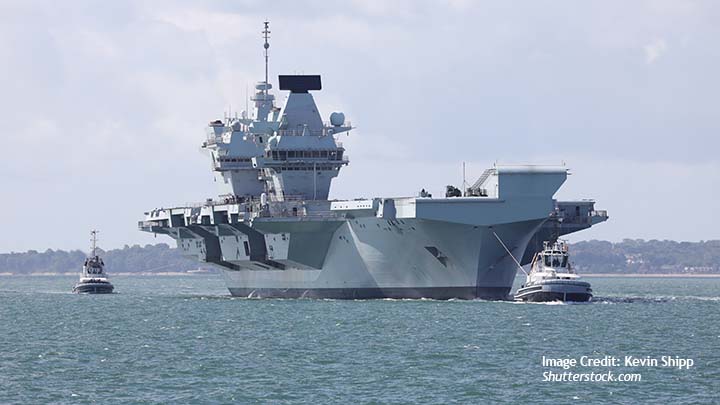by Ganesh Sahathevan

The Sun Cable project was mooted when Lee Hsien Loong was in charge, but it is now Lawrence Wong's problem
Singapore's Channel News Asia has reported:
Singapore has granted conditional approval to Sun Cable to import 1.75 gigawatts (GW) of low-carbon electricity from Australia to Singapore.
The imported electricity is expected to harness solar power from Australia's Northern Territory and will be transmitted via new subsea cables measuring 4,300km, said the Energy Market Authority (EMA) on Tuesday (Oct 22).
The amount of renewable energy imported represents about 9 per cent of Singapore’s total electricity needs, the company added.
EMA said: "The conditional approval awarded to Sun Cable recognises that the project can be technically and commercially viable based on the proposal and information submitted thus far."
Reporting on the same The Edge Singapore said: quoting Singapore's Minister for Manpower and Second Minister for Trade and Industry Tan See Leng:
“When completed, the project will be a meaningful complement to the Asean Power Grid and it will serve as an additional source of low-carbon electricity for Singapore.”
The project is risky, to say the least,and as Bevan Slattery points out, there are sections of the proposed cable, which if damaged, are irrepairable given the terrain:
That the Government Of Singapore led now by Prime Minister Lawrence Wong would find this project financially and technically viable, enough to be entrusted with providing 9% of Singapore's power needs is curious, especially in rule and law driven Singapore, for international subsea cables operate in a regulatory vacuum (see policy paper below).
The ASEAN Power Grid agreement may possibly provide some protection, but Australia is not a party to it. In addition , introducing solar energy from Australia into the ASEAN Grid as Minister Tan proposes may well introduce added risks not previously contemplated by the parties. In fact, it does not appear as if any of them have been consulted.
END
TO BE READ WITH
Needed, a Framework to Protect Undersea Cables

Ganesh Sahathevan and Prakash Panneerselvam
In the data-driven world we live in, submarine cables are the arteries that connect nation-states and their people in literally every human activity, including trade, commerce, entertainment, and social interactions. Any interference in that flow of data can disrupt lives and livelihoods and compromise the capacity of nation-states to trade, communicate, and defend their interests. There are few instruments in public international law available to nation-states for the protection of submarine cables vital to their national interest.
However, private international law and, in particular, commercial contracts may provide the basis for a network of contracts that may provide the legal framework required to defend the network of submarine cables. The ASEAN Power Grid Agreement and the Five Power Defence Agreement may provide the analytical framework upon which a series of mutual agreements may be constructed so as to create a synthetic hardened shell around the cables.

No comments:
Post a Comment